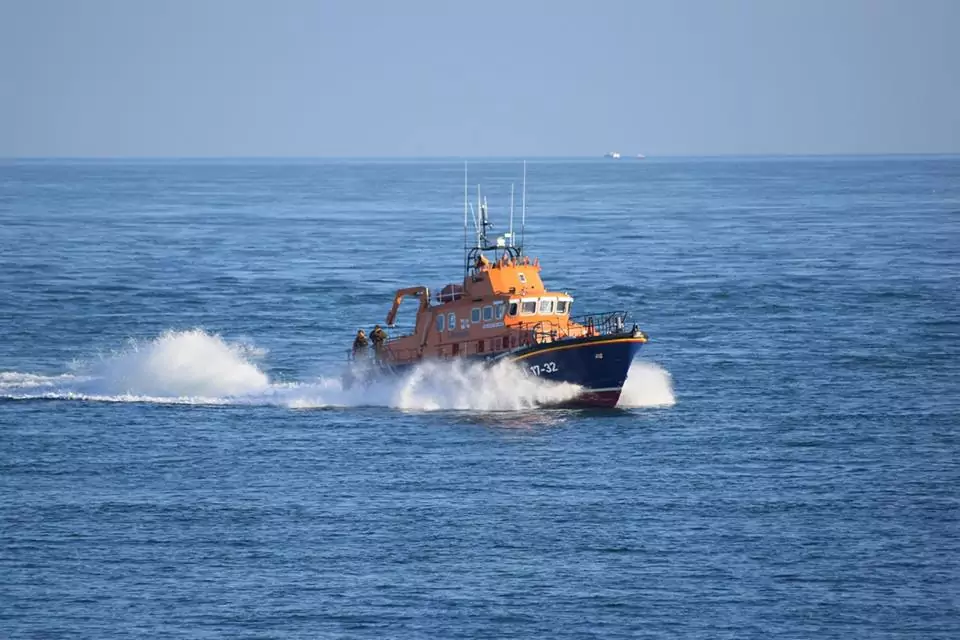
I’ve given you my reasons to get on the water this year, plus how to go about actually getting out on the water. The next step? Making sure you’re safe whilst doing so!
Sailing isn’t an inherently dangerous sport, you’re not jumping off cliffs, or racing a car… but like any adventurous activity there are always risks.
Thankfully, there are ways of mitigating these risks and making sure you stay safe, and most importantly, have a great time.
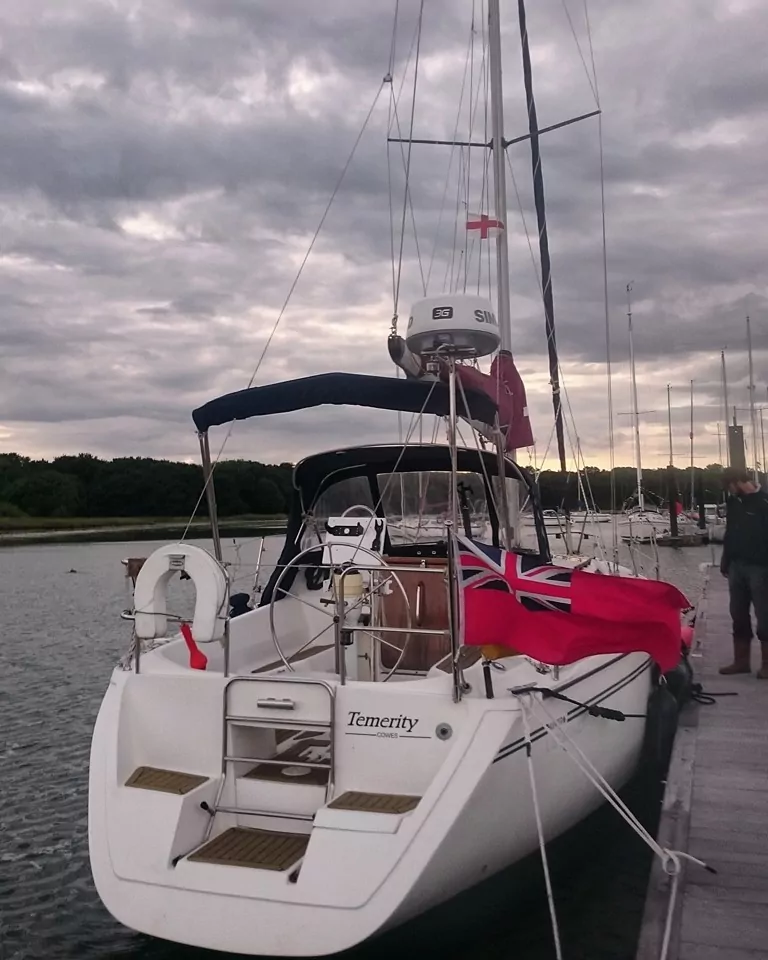
Always, Always, ALWAYS Wear A Lifejacket / Buoyancy Aid
No, they’re not the coolest looking thing when you’re trying to show off your Musto gear, but they’re the most important bit of kit you will have at your disposal.
They will save your life, keep you afloat, often have lights on and if you’re swish you can also attach a personal AIS tracking device to it. Just because you’re on a large yacht doesn’t mean you can get away with not wearing a lifejacket & being clipped on where appropriate.
It’s a good skipper’s responsibility to ensure the crew are all safe, and that includes wearing a lifejacket.
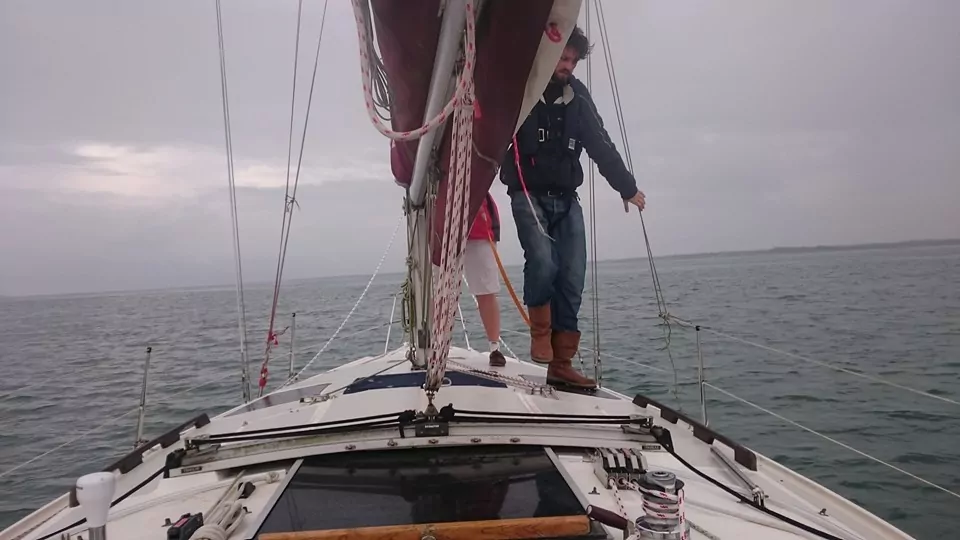
Check The Weather & Shipping Forecasts Religiously
For the Solent, you need to be listening out for ‘Wight’ on the Shipping Forecast.
It’s also a good idea to check the Inshore Waters forecast.
Whether you’re having a few lessons or a course, you can guarantee that the instructors will have checked both of these before deciding whether it’s safe to head out, and it’s good practice for you to do the same.
Getting caught out by the weather can be extremely dangerous.
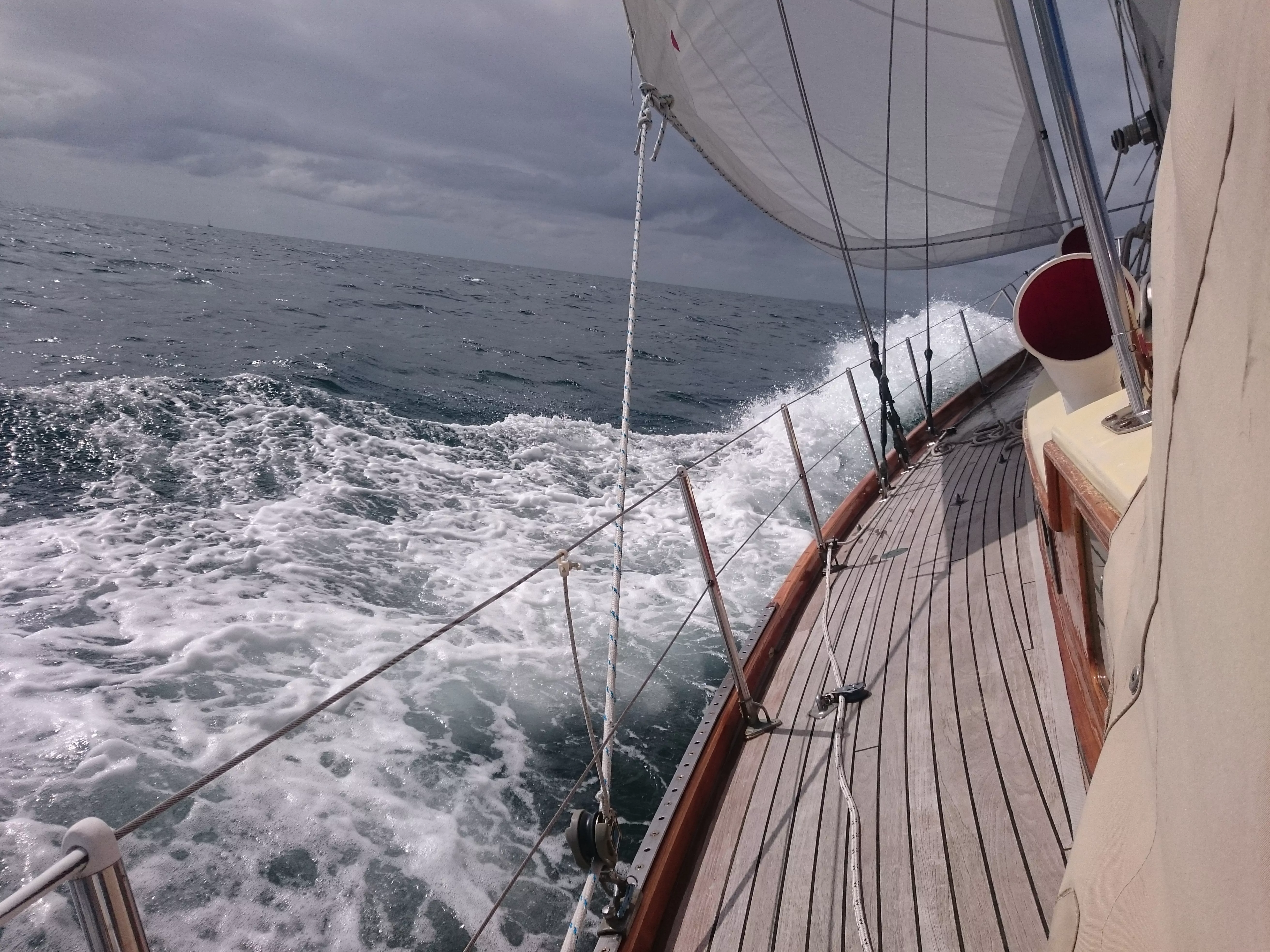
Don’t Drink Alcohol
We all know that there are those who buy a yacht only to sit on it in the marina and sip gin and tonic. In a marina, moored up, you’re less likely to cause damage to you, your guests or other vessels (unless, like an unfortunate woman I met in A&E, you had a few too many, stepped back, fell in to the dirty marina water and broke an ankle!)
Not advisable.
Sailing accidents are almost doubled when alcohol is involved. Save it for the marina bar once you’ve moored up!
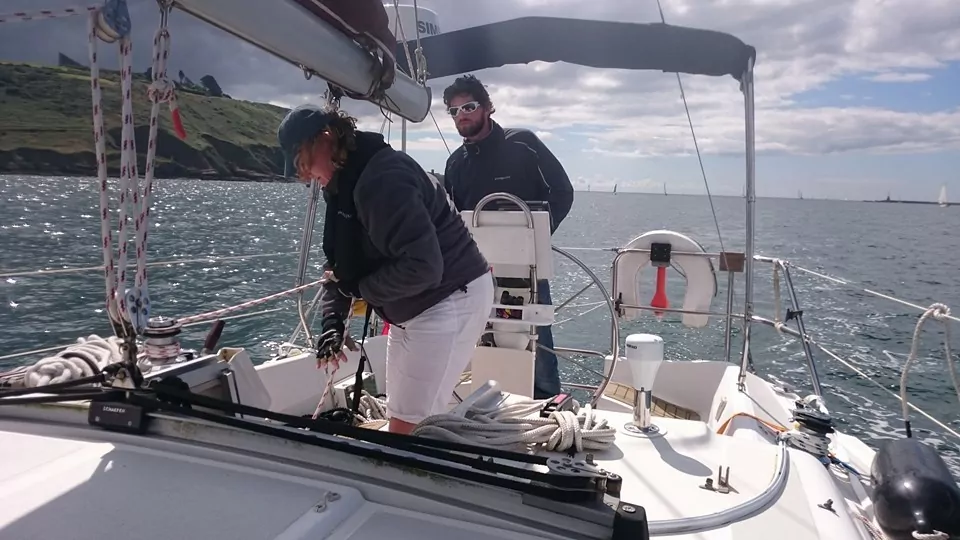
Dress Appropriately
Sensible clothes and all weather gear are important on the water. The temperature can drop quickly, especially overnight. Much like hiking, layers are key!
This also includes hats, sun cream and sunglasses.
As well as this, sensible footwear is important. Non slip soles, especially if you’re the one jumping off on to the pontoon!
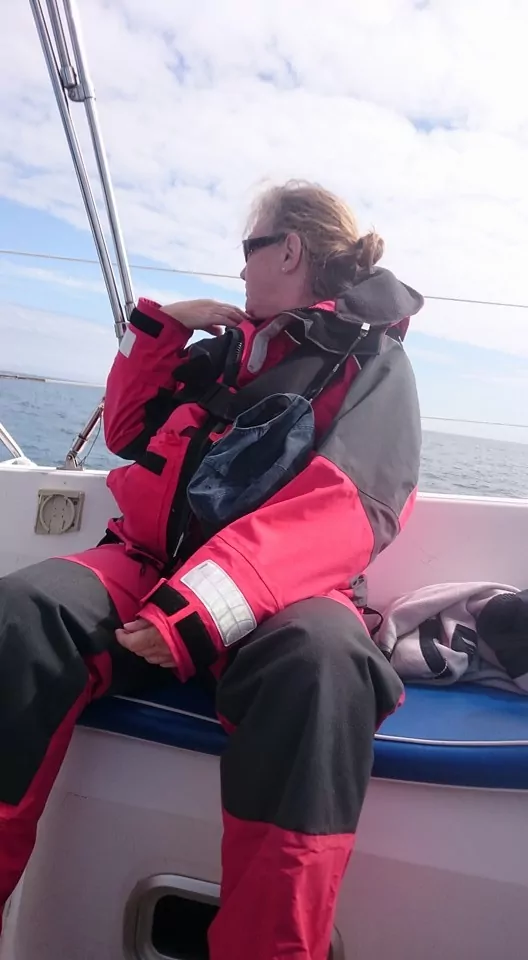
Use a Reputable Training Provider
Always use an RYA approved instructor or training school. The Royal Yachting Association (RYA) are the governing body for dinghy, powerboat & yacht racing, motor & sail cruising, RIBs, sports boats, windsurfing & personal watercraft. They run almost every course you could ever need to qualify you for getting out on the water, and they are all listed on their website.
Most importantly, all of their instructors are trained to a recognised standard and will keep you safe!
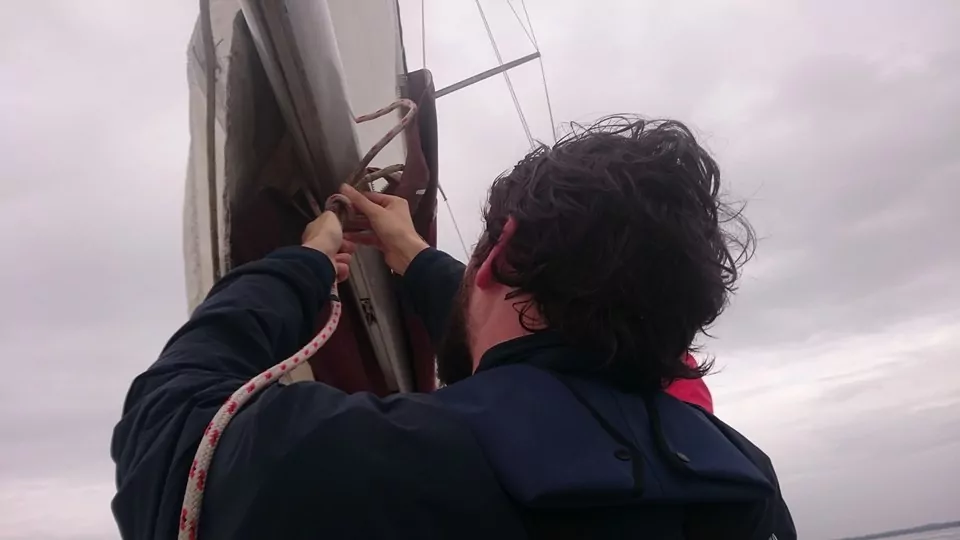
Ensure Your Skipper Is Qualified
Linking in with the above, ensure your skipper knows their stuff. Don’t be afraid to ask to see their certificates and log book!
Using RYA qualified skippers ensures that you will be in safe hands on the water.
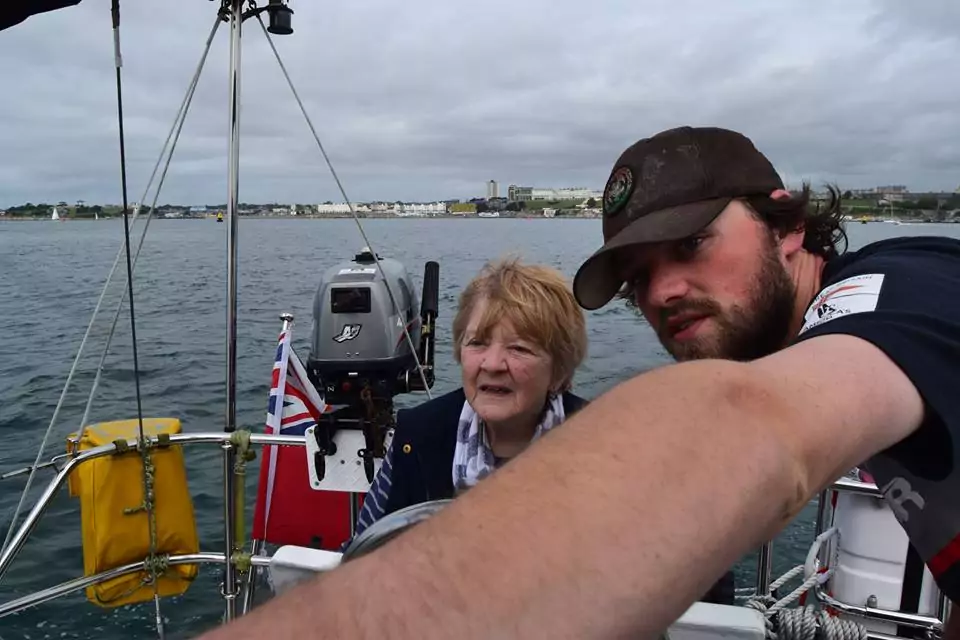
Always Know What To Do In An Emergency
There should always be someone on board who knows what to do in the event of an emergency. It could be the skipper going overboard. Unlikely, but not unheard of.
At the very least, you should know what to do in an emergency, how to operate a radio, where the fire extinguishers are, who to contact etc…
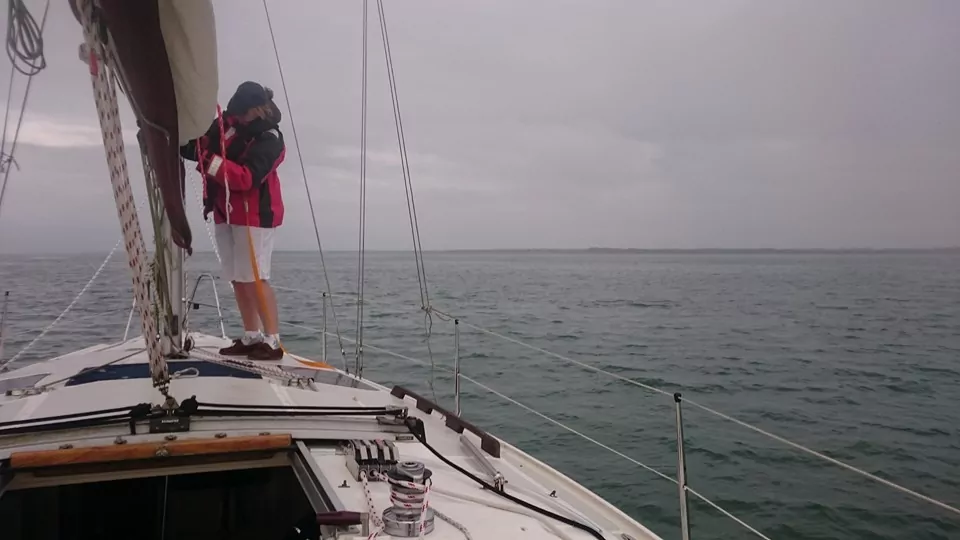
Know How To Contact The Emergency Services & Only Do So In A Real Emergency
As with any sport, accidents do happen and it’s important to know who to contact if they do.
To contact the Coastguard, switch to VHF Channel 16 or even call 999 / 112 & ask for them.
It’s not unheard of for people to radio for assistance due to a lack of fuel, the Coastguard asking if they can still sail, and those on board responding with ‘we don’t know how’.
I wish I was joking.

Powerboating? Wear Your Kill Cord
The kill cord attaches to the person in charge of the boat at that time. If they fall overboard or unconscious, it will cut the engine as quickly as possible or other crew can pull it and kill the engine. This is usually attached around the knee and then clipped back on to itself.
There are stories of people renting a powerboat for the day, falling over board and being run over by the propellers because nobody wore a kill cord.
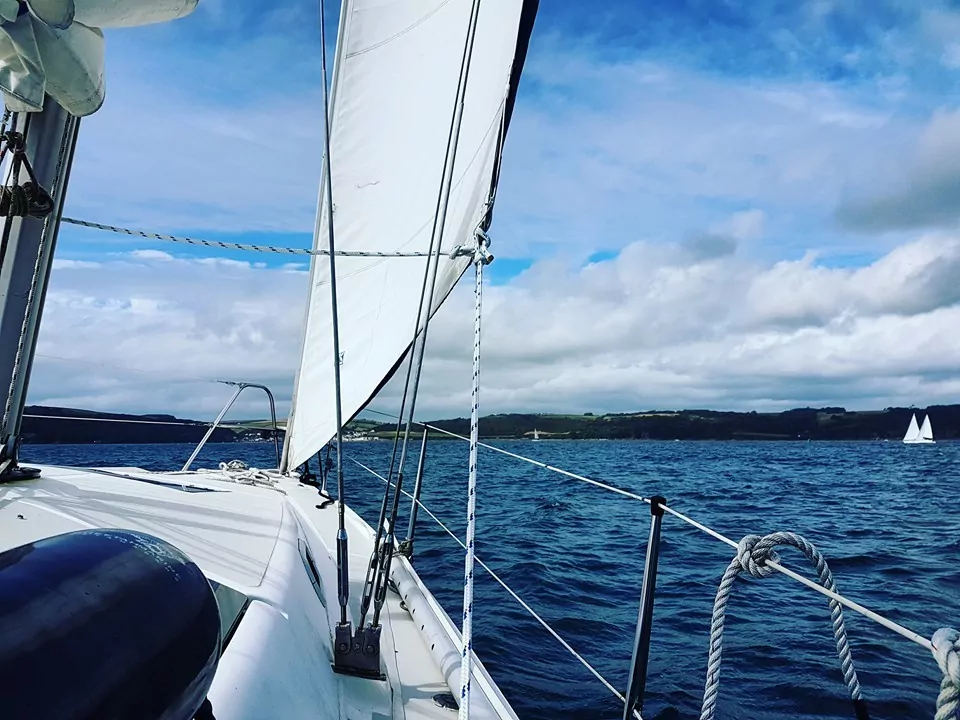
Listen to Your Instructor / Skipper & Have Fun
Yes, this was quite a serious post, but these are just a few of the tips given out on courses to ensure that you stay safe and have a fun day out on the water with no accidents or injuries!
Sailing is great, and staying safe means you get to go out more often and enjoy the experience!
Thanks to my mum and brother for being my willing volunteer models.


